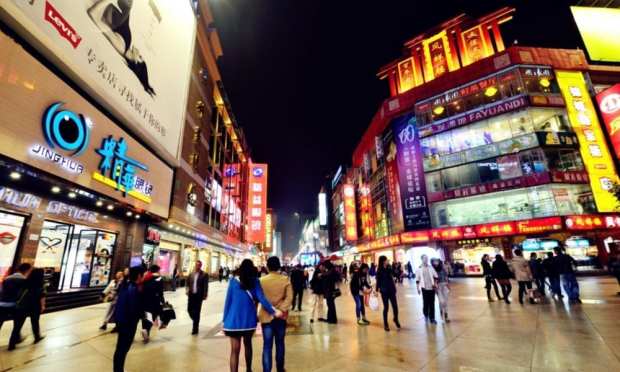China Beats Growth Expectations In Retail, Industry

As government support backed demand in the second-biggest economy in the world, growth in the retail and industrial sectors of China came out ahead of estimates in November. The results came after srong signs of progress in the trade negotiations between the U.S. and China over the weekend following the announcement of a “phase one” trade arrangement, Reuters reported.
Retail sales increased 8 percent year-on-year in November, which was ahead of a forecast 7.6 percent, strengthened by the November Singles Day event and stimulus measures. Industrial production increased 6.2 percent year-on-year last month, which beat the median forecast of 5 percent growth in a Reuters poll and accelerated from October’s 4.7 percent.
Capital Economics China Economist Martin Lynge Rasmussen said, according to the report, “Activity and spending indicators strengthened across the board last month, though we think this uptick will prove short-lived.” Crude steel, pig iron, and cement production all increased from a year prior in November compared to a decrease in the month before.
The recent positive news takes away “some clouds” from the economic outlook of China per the report. They also “mitigate” the need for stimulus to bolster growth goals that are ambitious. The economic growth of China cooled to 6 percent in Q3. However, policymakers have approached growth-boosting measures more cautiously than in previous downturns.
In addition, Oxford Economics increased its growth forecast next year for China from 5.7 percent to 6 percent “following signs that growth has stabilized” and noted that significant policy easing was less likely with the wish of Beijing to “keep its powder dry.” The news comes as President Donald Trump announced on Friday (Dec. 13) that the U.S. had reached a phase-one trade deal with China.
The president tweeted on Friday (Dec. 13), “We have agreed to a very large Phase One Deal with China. They have agreed to many structural changes and massive purchases of Agricultural Product, Energy, and Manufactured Goods, plus much more. The 25% Tariffs will remain as is, with 7 1/2% put on much of the remainder.”
